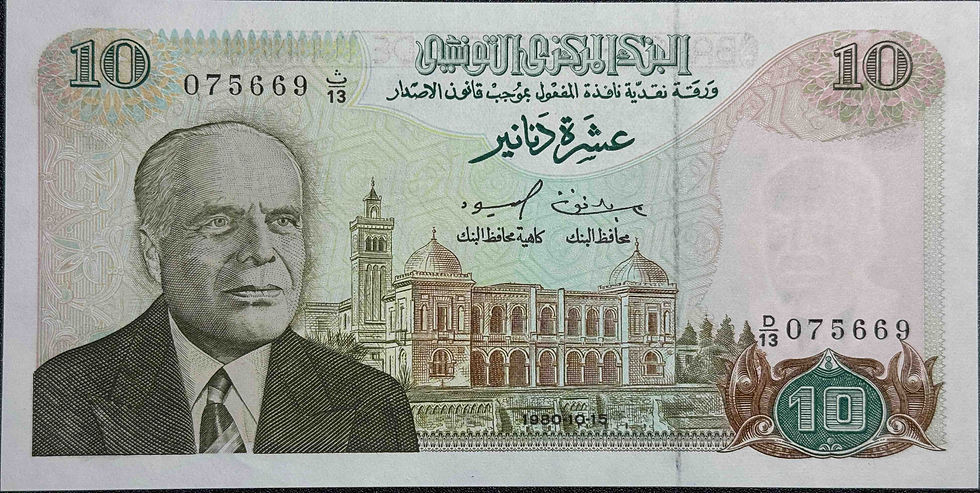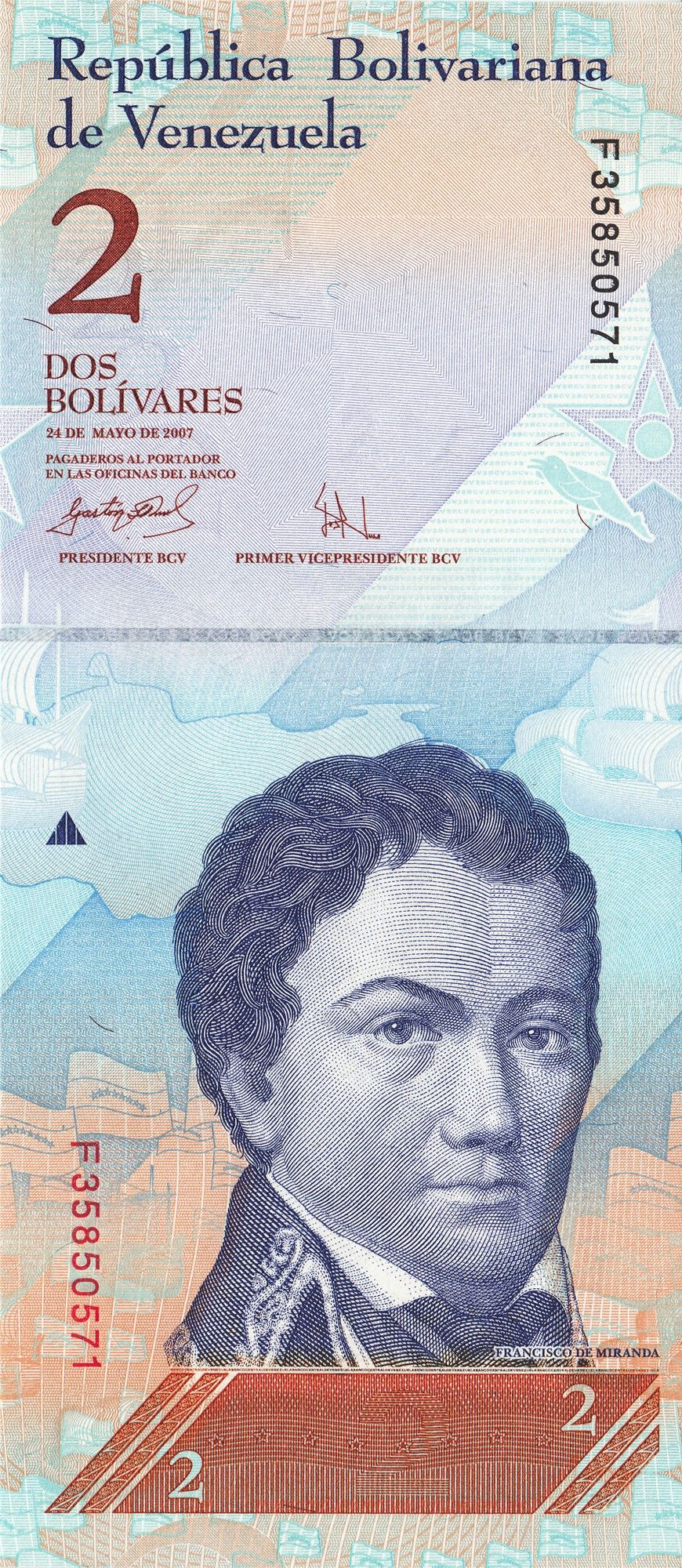One of the banknotes symbolizing Egyptian history and culture is the Egyptian 1 pound note, issued between 1961 and 1967. This banknote was issued by the Central Bank of Egypt and reflects the economics and politics of the United Arab Republic (UAR) era. The obverse features a statue of King Tutankhamun, a pharaoh of the 18th dynasty of ancient Egypt, while the reverse features a simple geometric design and the words "CENTRAL BANK OF EGYPT."
This page provides a detailed explanation of the design features, historical background, and collectibility of this banknote, providing comprehensive information that collectors and history enthusiasts will want to know.
⸻
2. Historical Context
This one pound note was issued during the period when Egypt was the United Arab Republic, which existed from 1958 to 1971. At the time, Egypt promoted Arab nationalism and socialist policies under the leadership of President Gamal Abdel Nasser. The banknote design is intended to emphasize the dignity of the nation as well as the cultural heritage of ancient Egypt.
In particular, the portrait of King Tutankhamun was a world-famous symbol of Egyptian civilization, and was a part of the national identity as well as a tourist attraction. Therefore, banknotes of this era went beyond simply serving as currency and also embodied the country's history and pride.
⸻
3. Design Details
Obverse
• Depicted figure: Statue of King Tutankhamun
• Background color: Multicolor print with blue-green and lilac as the main colors
• Inscription: "Central Bank of Egypt" "Zinni Masri Waheed (1 Egyptian Pound)" in Arabic
• On the left side, an architectural motif reminiscent of a mosque minaret
Reverse
• Large "LE 1" lettering in the center
• In English, the bank name is "CENTRAL BANK OF EGYPT" and "ONE EGYPTIAN POUND"
• Security design with complex geometric patterns
Watermark
• Salah al-Din's Eagle (also used as the Egyptian national emblem)
size
• 162 × 84 mm
• Classic rectangular banknote style
⸻
4. Specifications
item
detail
Country of issue
Egypt
Issuing bank
Central Bank of Egypt
Issue period
1961–1967
face value
1 Egyptian pound
Material
paper
size
162 × 84 mm
design
King Tutankhamun (front), geometric pattern (back)
situation
A wide range of products from in circulation to unused
abolition
Yes (not currently available)
5. Collector Value
Although this note is no longer in use as everyday currency, it remains highly valued as a collectible or historical document. The following factors, among others, influence its value:
1. Condition (Grade)
The closer to unused condition (UNC) the item is, the higher its value. If it has wrinkles, stains, or tears, the value will decrease.
2. Issue year and serial number
Certain serial numbers (double numbers or consecutive numbers) tend to be valued at a premium.
3. Historical Background
Because this banknote was issued only during the UAR period, it is popular among collectors interested in the Cold War and Middle Eastern history.
4. The artistic value of the design
The use of ancient Egyptian symbols on banknotes is rare internationally and is highly regarded as art.
⸻
6. Estimated Market Value
• Retail items (with signs of use): Around 500 to 1,500 yen
• Good condition (VF-EF): around 2,000 to 3,500 yen
• Unused (UNC): 5,000 yen to 10,000 yen or more
*Prices may fluctuate depending on market demand, exchange rates, and auction conditions.
⸻
7. Frequently Asked Questions (FAQ)
Q1: Can I still use this banknote?
A: No. They were issued in the 1960s and have since been discontinued, so they are no longer valid as currency.
Q2: Why is King Tutankhamun depicted?
A: It was adopted as a symbol of ancient Egyptian civilization for the purpose of promoting tourism and culture.
Q3: Is it a worthwhile investment?
A: Since it is primarily based on collector demand, the appraisal is based on historical and artistic value rather than investment value.
Q4: What is the size?
A: It is a rectangle with a length of 162mm and a width of 84mm.
Q5: How rare is it now?
A: They are generally available, but unused or mint condition items are rare and highly valued in the collector's market.
⸻
8. Conclusion
Issued between 1961 and 1967, the Egyptian one pound note is a valuable collectible, representing the crossroads of both ancient civilization and 20th-century Middle Eastern history. Combining the portrait of King Tutankhamun with the official design of the central bank, the note is both a historical document and a work of art.
This is an extremely attractive piece for collection, research and display, and is a masterpiece that can be recommended to a wide range of collectors, from beginners to advanced banknote collectors.
top of page
¥1,250Price
Sales Tax Included
Related Products
bottom of page

















